The Promising Yet Flawed Journey of the Lancet Drone
In the realm of modern warfare, Russia’s Lancet drones emerged as a notable player, boasting significant successes in its deployment. Designed as a low-cost, 35-pound loitering munition, the Lancet has showcased its prowess by effectively engaging artillery, tanks, and other targets from distances up to 40 miles, according to Forbes.
A notable advancement in its technology was the introduction of a new lock-on-target mode, heralding the Lancet as potentially the first truly autonomous battlefield weapon capable of operating without human intervention. However, emerging evidence suggests that the drone’s journey toward full autonomy has encountered significant challenges, casting doubts on its operational efficacy in automated mode.
Lancet Drones Operational Tactics and Technological Ambitions
Traditionally, Lancet drones operate alongside reconnaissance drones, forming hunter-killer teams that identify targets for the Lancet to engage. Despite the operational success, the manufacturers have been ambitiously pushing for greater autonomy. Recent upgrades purportedly enabled the Lancet to autonomously identify and engage targets, a feature touted to render the drone immune to jamming due to its reduced reliance on operator input.
This shift toward autonomy was powered by the NVIDIA Jetson TX2 module, a compact yet powerful computing device designed for AI applications, suggesting a significant leap in the drone’s capabilities.
Autonomy in Question: Evidence of Operational Shortcomings
Despite the promising technological advancements, a closer examination of attack videos and the performance of downed Lancets indicates that the transition to full autonomy may not be as seamless as anticipated. Videos from social media reveal instances where the drone’s automated target recognition system failed, resulting in missed attacks or engagements with unintended targets.
These failures highlight the inherent limitations of current AI-powered vision systems, which can be confounded by complex or deceptive visuals, leading to erroneous target identification.
Implications and Future Prospects
The mixed results of the Lancet’s autonomous operations raise critical questions about the readiness of such technology for widespread military use. While the ambition to develop fully autonomous drones reflects a significant trend in modern warfare, the Lancet’s challenges underscore the need for further refinement before these systems can reliably operate without human oversight. The ongoing development and deployment of these drones also contribute to broader discussions on the ethical and Legal implications of autonomous weapons systems, with international efforts underway to regulate their use.

Navigating the Path Toward Autonomous Warfare
Russia’s Lancet drone represents a critical step toward the future of autonomous warfare, highlighting both the potential and pitfalls of this technological evolution. As manufacturers work to overcome the current limitations, the experience of the Lancet serves as a valuable case study in the complexities of integrating AI into military operations. With continued advancements and regulatory discussions, the path toward fully autonomous warfare continues to unfold, promising significant shifts in how conflicts are conducted in the future.
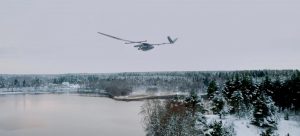
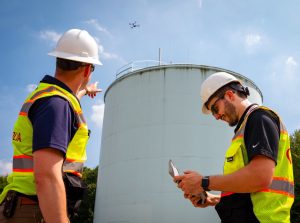



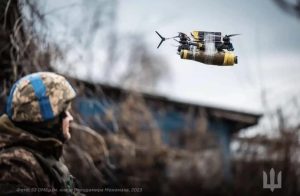


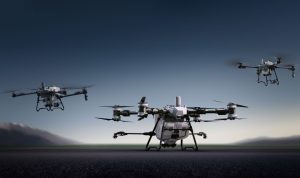
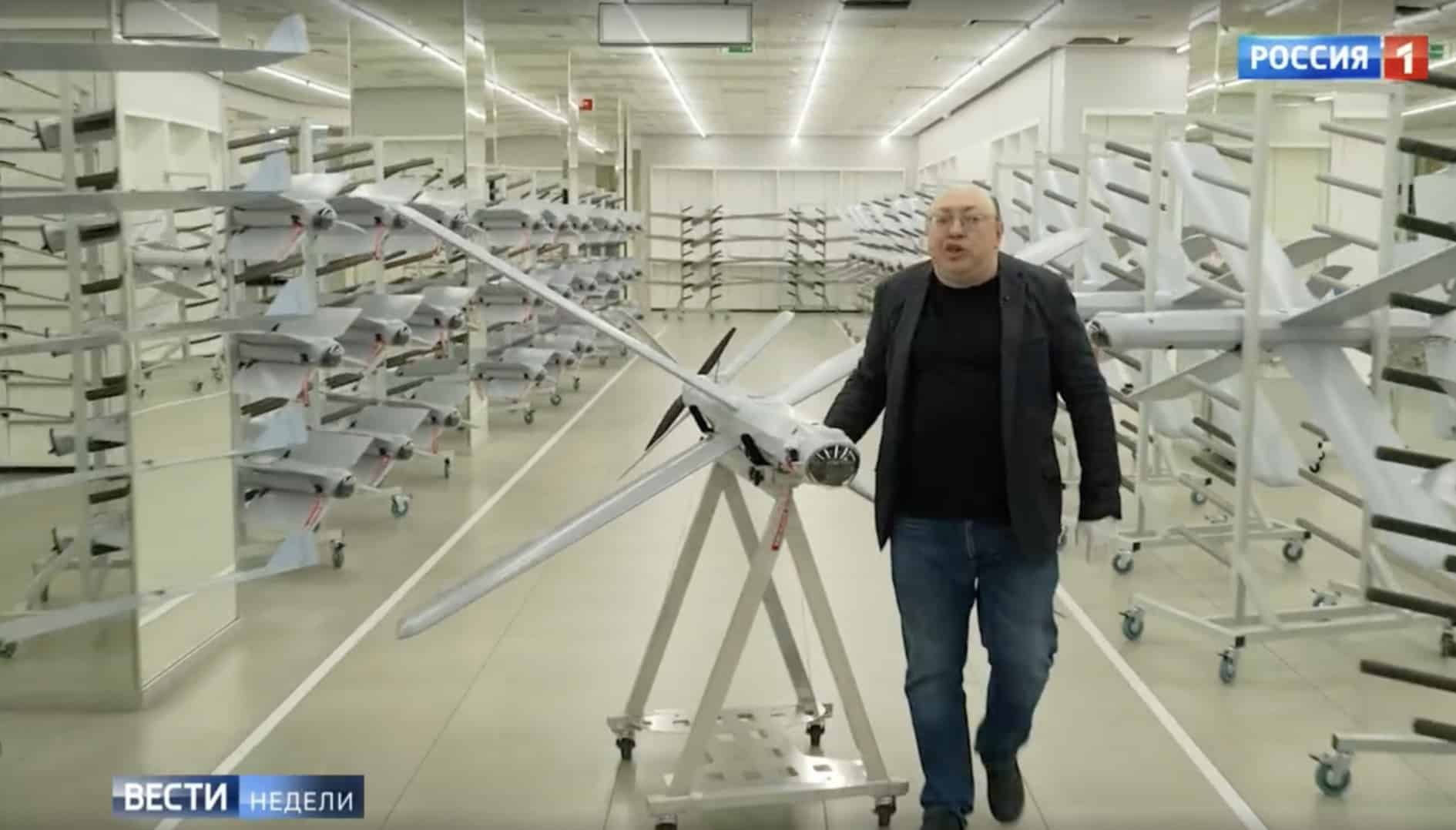

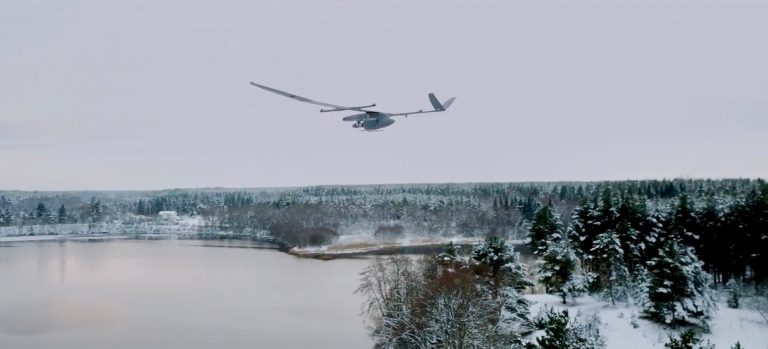
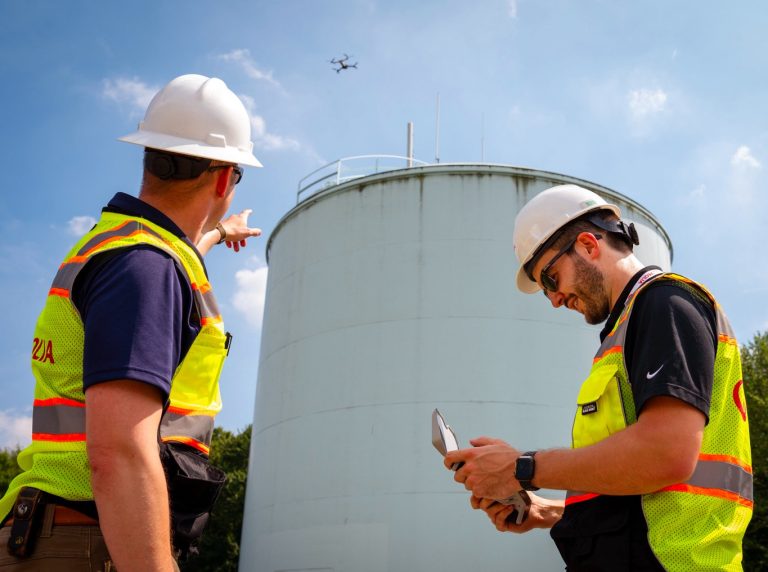





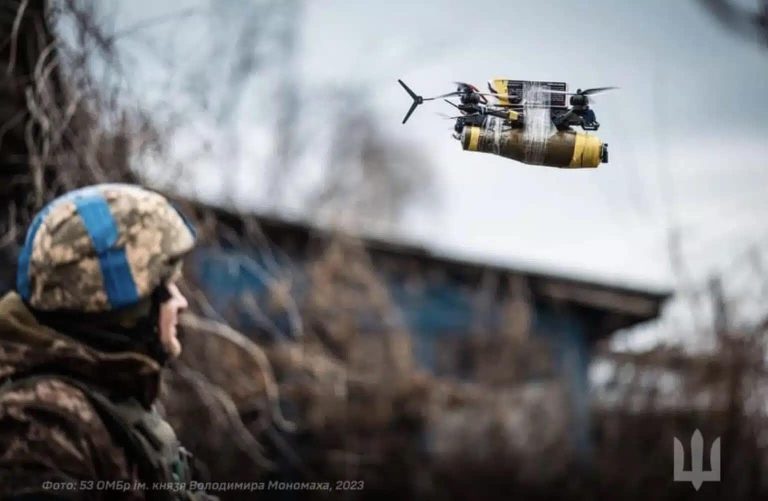


+ There are no comments
Add yours